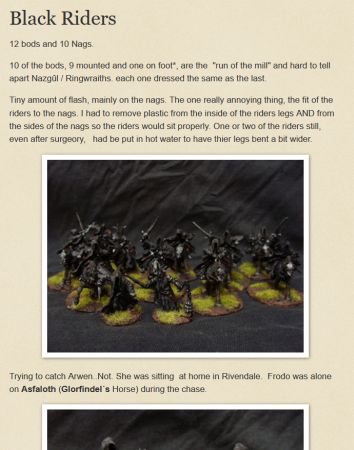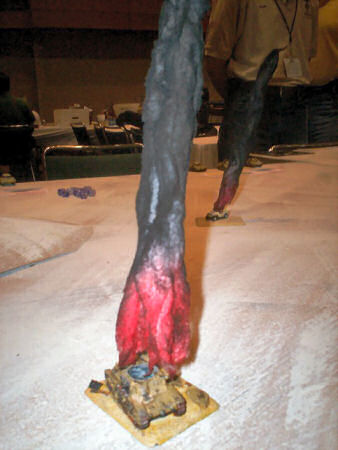As you may recall, I opened up IMEX's 1:72nd Union Artillery Set and had the models painted up by our Sri Lanka friends, Fernando Enterprises. There were some guns and an artillery limber.

The box also yielded up some loose infantry figures, which I'm basing up now. Which raises the old question: what's the best way to contour the bases?

Contouring is the process of blending the figure bases into the unit base. It's entirely optional. Like a lot of gamers, I started out with 'wedding cake'-type bases, and evolved into contouring the bases.

The product I'm trying out is Stucco Crack Repair from Quikrete, and comes in a 10-inch yellow tube. It is described as a 'sanded acrylic formula'. There's a warning to use only with adequate ventilation. It says to use only latex paints. Made in China.

So here is what it looks like, squeezed onto a plastic lid. No noticeable odor, but I've got a fan going and windows open just in case. This product is similar to terrain gels that I've used, but the sand in this case is mixed with an unidentified liquid glue.

I use a palette knife to apply the product to the bases. When wet, it has little adhesion – if I turn my knife over, it will fall right off. Pressing it into place works, but 'spreading' with the knife does not work – the material moves rather than spreads. As might be expected, the grit puts a limit on how fine an edge you can get – you can't feather this out. The instructions say to give this material 24 hours to dry, but I find that seemingly at random, some bit of grit will instantly adhere (usually where I don't want it!) and refuse to move.

A day later, I paint the base a muddy brown color. After a few minutes, white spots appear – the product is reacting to the paint (or the moisture in the paint), and little pockets are forming. When the paint dries, I touch up those spots.

And here are the finished infantry, flocked and sealed.

Here are some 28mm skeletons that are being mounted on steel disks. The product has been applied around the cast-on base. When used thickly, the grit in the product becomes insignificant; on the edges where the base is close to the disk, the grit controls how thinly it can be worked. In this case, the product is already dry, and I've used a hobby knife to trim off any excess.

Here's an example of the product used to fill in the top of a Reaper slottabase. I just pressed it into place with the palette knife and let it dry.

Similarly, here is a Beestwars Celadon archer (Gary Hunt Miniatures) which has been upgraded to a large Reaper slottabase.

And, finally, I've tested the use of this material to fill in the bottoms of slottabases (on another Celadon archer). Since I often apply FlexSteel to my figures for storage purposes, I prefer a flat surface that the FlexSteel can adhere to. This product does a good job of filling the hollow bases, and can be filed when dry (but if you file too much, it becomes quite hard).








